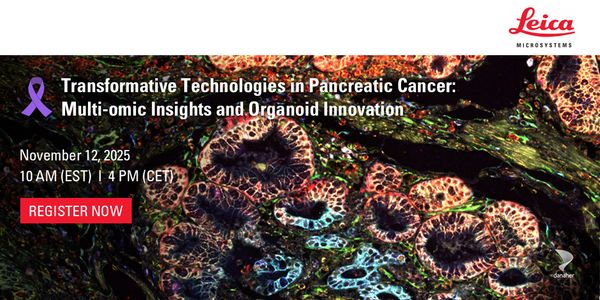How Anthropogenic Chemicals are Altering the Microbial World
-
Erica Hartmann, PhD
Postdoctoral Research Associate in Microbiology at the Biology and the Built Environment Center at University of OregonBIOGRAPHY
The world–as microbes perceive it–is composed of physical and chemical stimuli. These stimuli create conditions that result in life or death for microbes, affecting their survival within communities and changing the behaviors or phenotypes of surviving community members. Humans have manipulated the microbial landscape through chemistry, affecting the survival and phenotype of the microbes in and around us. For example by producing bioactive chemicals such as antibiotic drugs and antimicrobial additives, we have induced changes in the structures and functions of microbial communities in the human body as well as in the environment by favoring the proliferation of certain microbes over others and selecting for phenotypic traits like antibiotic resistance. The consequences of antimicrobial chemicals are widespread, and as they move from production to human use to the environment, they are having lasting and unanticipated impacts. Learning objectives: - Microbes’ survival and phenotype (e.g., antibiotic resistance) are affected by chemicals. - Anthropogenic chemicals (e.g., antimicrobials) exist beyond their intended lifespan, outside of their intended milieu. - Anthropogenic chemicals are changing the structure and function of microbial communities.
How Anthropogenic Chemicals are Altering the Microbial World
Please update your information
Certificate of Participation
DOWNLOAD CERTIFICATE






